The Casimir Effect
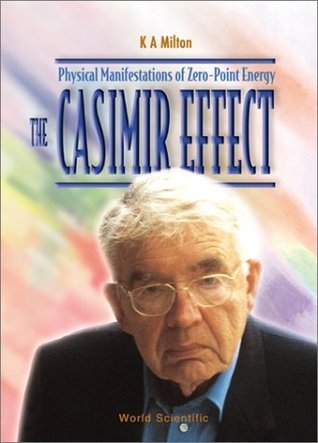
Summary
In its simplest manifestation, the Casimir effect is a quantum force of attraction between two parallel uncharged conducting plates. More generally, it refers to the interaction -- which may be either attractive or repulsive -- between material bodies due to quantum fluctuations in whatever fields are relevant. It is a local version of the van der Waals force between molecules. Its sweep ranges from perhaps its being the origin of the cosmological constant to its being responsible for the confinement of quarks.This monograph develops the theory of such forces, based primarily on physically transparent Green's function techniques, and makes applications from quarks to the cosmos, as well as observable consequences in condensed matter systems. It is aimed at graduate students and researchers in theoretical physics, quantum field theory, and applied mathematics.
Similar Books
-
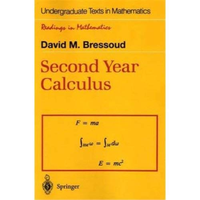 Second Year Calculus
Second Year Calculusby David M. Bressoud
-
 Mathematical Ideas in Biology
Mathematical Ideas in Biologyby John Maynard Smith
-
 Elementary Particles: Building Blocks Of Matter
Elementary Particles: Building Blocks Of Matterby Harald Fritzsch
-

-
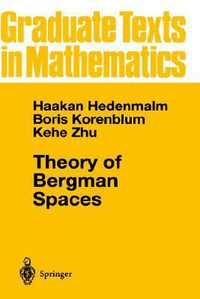 Theory of Bergman Spaces
Theory of Bergman Spacesby Hakan Hedenmalm
-
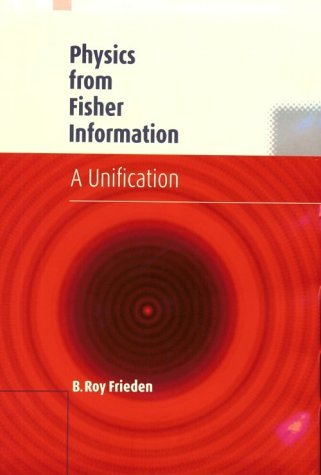 Physics from Fisher Information: A Unification
Physics from Fisher Information: A Unificationby B. Roy Frieden
-
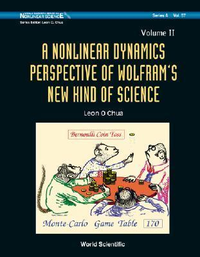
-
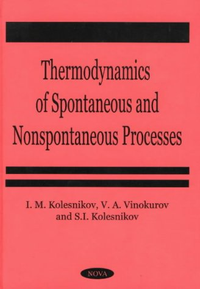 Thermodynamics of Spontaneous and Non-Spontaneous Processes
Thermodynamics of Spontaneous and Non-Spontaneous Processesby S. I. Kolesnikov
-
 Topological Quantum Field Theory and Four Manifolds
Topological Quantum Field Theory and Four Manifoldsby José M.F. Labastida
-
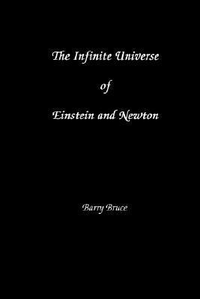 The Infinite Universe of Einstein and Newton
The Infinite Universe of Einstein and Newtonby Barry Bruce
-
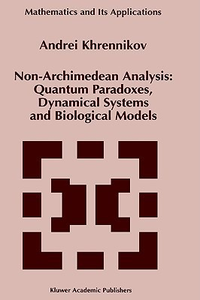 Non-Archimedean Analysis: Quantum Paradoxes, Dynamical Systems and Biological Models
Non-Archimedean Analysis: Quantum Paradoxes, Dynamical Systems and Biological Modelsby Andrei Y. Khrennikov
-
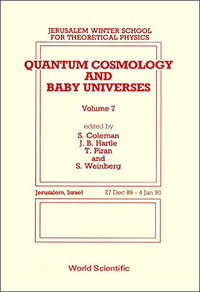
-
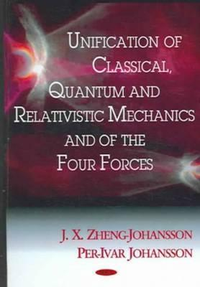 Unification Of Classical, Quantum And Relativistic Mechanics And Of The Four Forces
Unification Of Classical, Quantum And Relativistic Mechanics And Of The Four Forcesby J.X. Zheng-Johansson
-
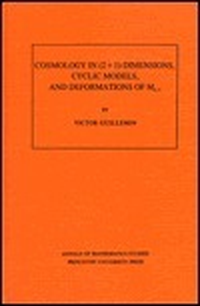
-

-
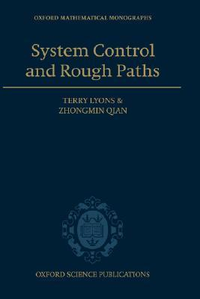 System Control and Rough Paths
System Control and Rough Pathsby Terry Lyons
-
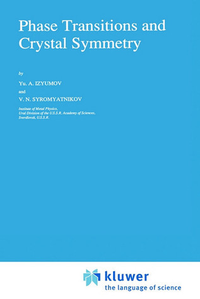 Phase Transitions and Crystal Symmetry
Phase Transitions and Crystal Symmetryby Yurii Aleksandrovich Izyumov